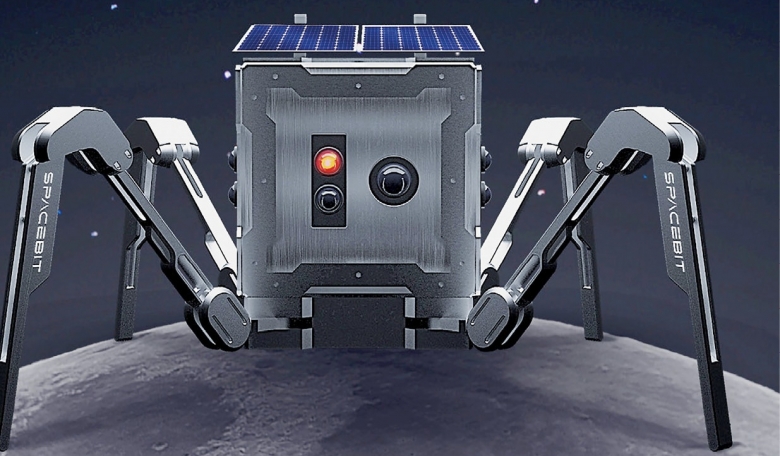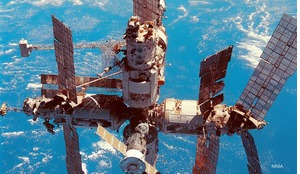Lunar rovers, Mars rovers… any planetary roving vehicle has wheels - unless, of course, it has legs and resembles a spider. Serial entrepreneur Pavlo Tanasyuk, Founder and CEO of Spacebit, takes a brief look at the history of rovers and explains why his company has developed one that challenges the norms of robotic vehicle design.
In the early 1970s, when the Apollo astronauts were driving their lunar roving vehicles across the Moon’s barren surface, the space community was a very different place. Governments funded space exploration and industry provided the hardware on contract; the only privately-funded spacecraft were the satellites of the nascent space communications revolution.
Today, of course, the NewSpace paradigm has shifted our perspective on space missions and we almost expect private industry to take a lead. This is now beginning to extend from commercial satellites and launch services to what is broadly referred to as the space exploration sector, which includes the classical science missions but is increasingly likely to encompass applications such as prospecting and mining.
Many companies and other organisations from more than a dozen different nations have expressed interest in the field and some have completed extensive programmes of hardware development, but so far none have succeeded in their goal. The field is open to almost any competitor… and the winner could very well come as a surprise to many observers.














